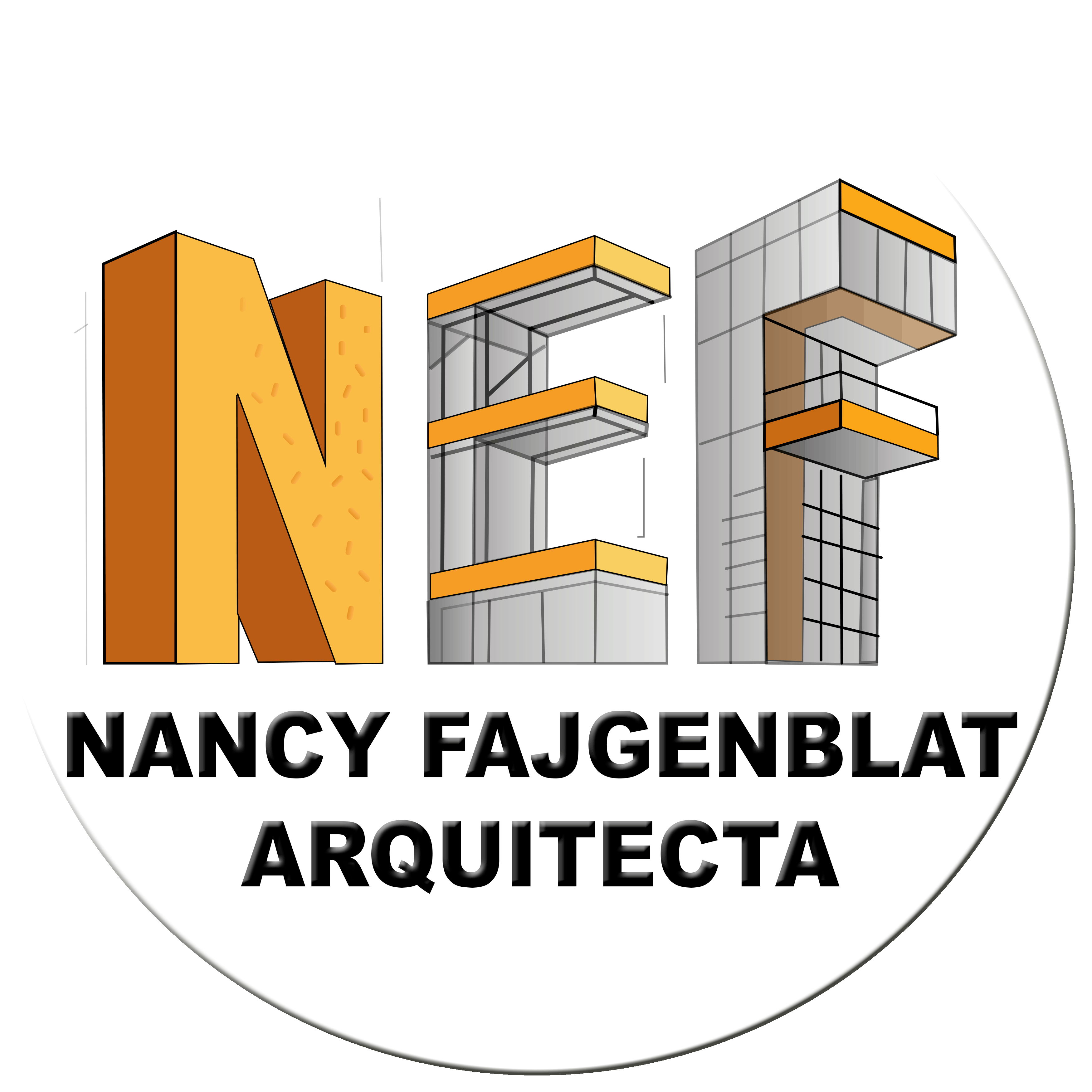Advantages of working with BIM
The Advantages of Working with BIM: Efficiency, Accuracy, and Collaboration in Modern Architecture
In a world where technology is advancing at a rapid pace, the architecture and construction industries are evolving as well. One of the most significant advancements in recent decades has been the adoption of BIM (Building Information Modeling), an innovative method for designing, documenting, and managing construction projects in a comprehensive and collaborative way.
But what are the real advantages of working with BIM? Below, I’ll share some of the most important benefits.
1. Multidisciplinary coordination and collaboration
BIM allows architects, structural engineers, MEP specialists, contractors, and other professionals to work together on a single digital model. This integrated workflow reduces communication gaps, minimizes errors, and improves response times when changes or conflicts arise.
2. Greater accuracy in documentation
With BIM, technical documentation is generated directly from the 3D model, significantly reducing the chance of human error in plans, schedules, and details. Any modifications are automatically updated across all project views, ensuring consistency and accuracy.
3. Realistic project visualization
The BIM model enables the creation of 3D views, virtual walkthroughs, renderings, and animations that clearly show the final result of the project. This makes it easier for professionals and clients alike to understand the design and provide feedback from the early stages.
4. Early clash detection
One of BIM’s greatest advantages is its ability to detect clashes between systems (for example, between pipes and structural elements) before construction begins. This allows for corrections during the design phase, avoiding additional costs and delays on-site.
5. Time and resource optimization
BIM enhances the efficiency of the design and construction process by enabling more accurate planning and better resource management. It also facilitates the development of budgets, schedules, and feasibility analyses from the earliest stages.
6. Lifecycle building management
BIM goes beyond design: the model can also be used during construction, maintenance, and building operations throughout its lifecycle. This makes BIM a strategic tool for asset management and long-term decision-making.
Conclusion
Adopting BIM not only improves design and documentation quality but also transforms the way we work—fostering collaboration, efficiency, and transparency at every project stage. Without a doubt, it’s an investment that makes a difference and positions professionals to meet the challenges of contemporary architecture.
Año: 2025
 Nancy Fajgenblat
Nancy Fajgenblat